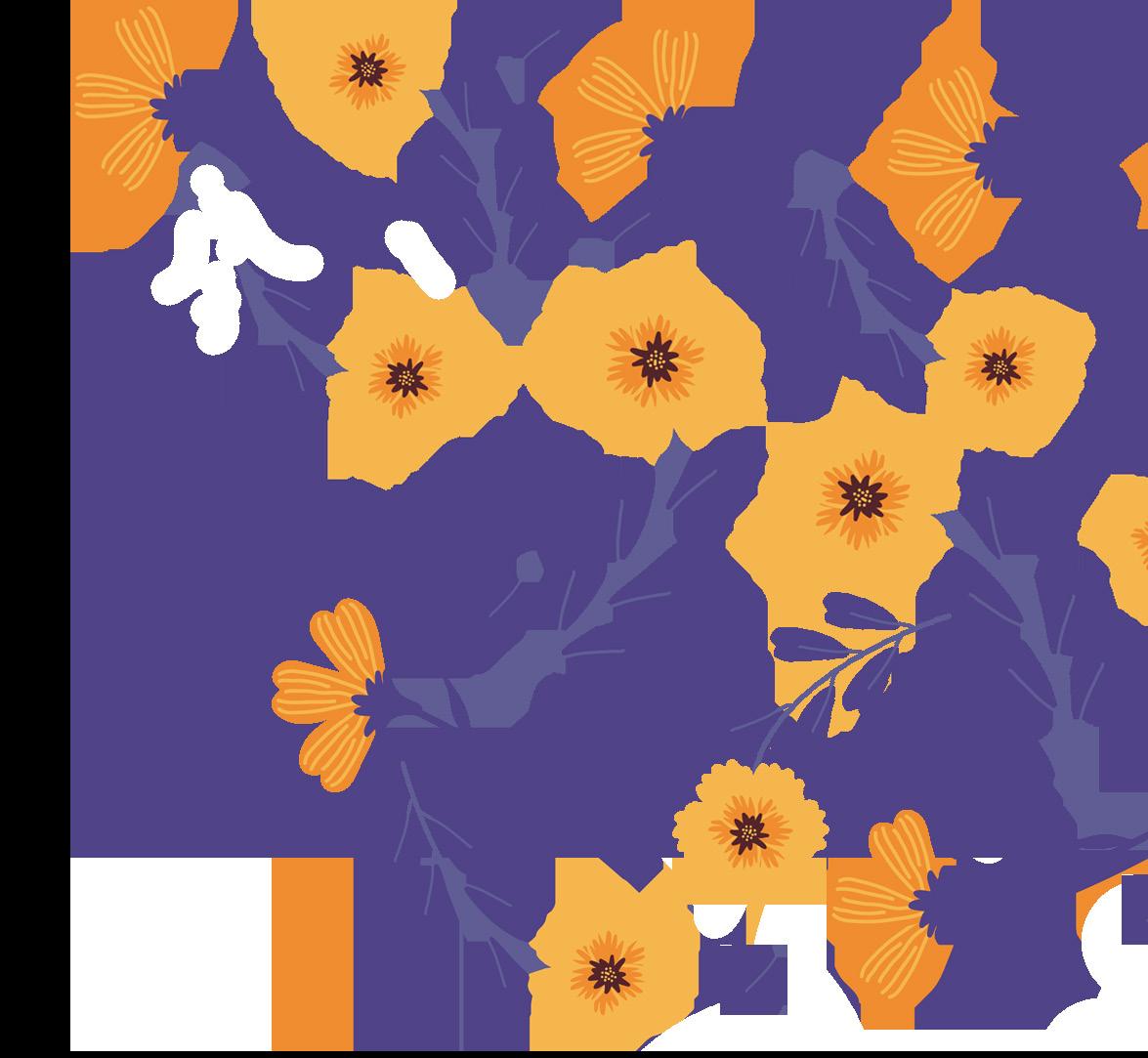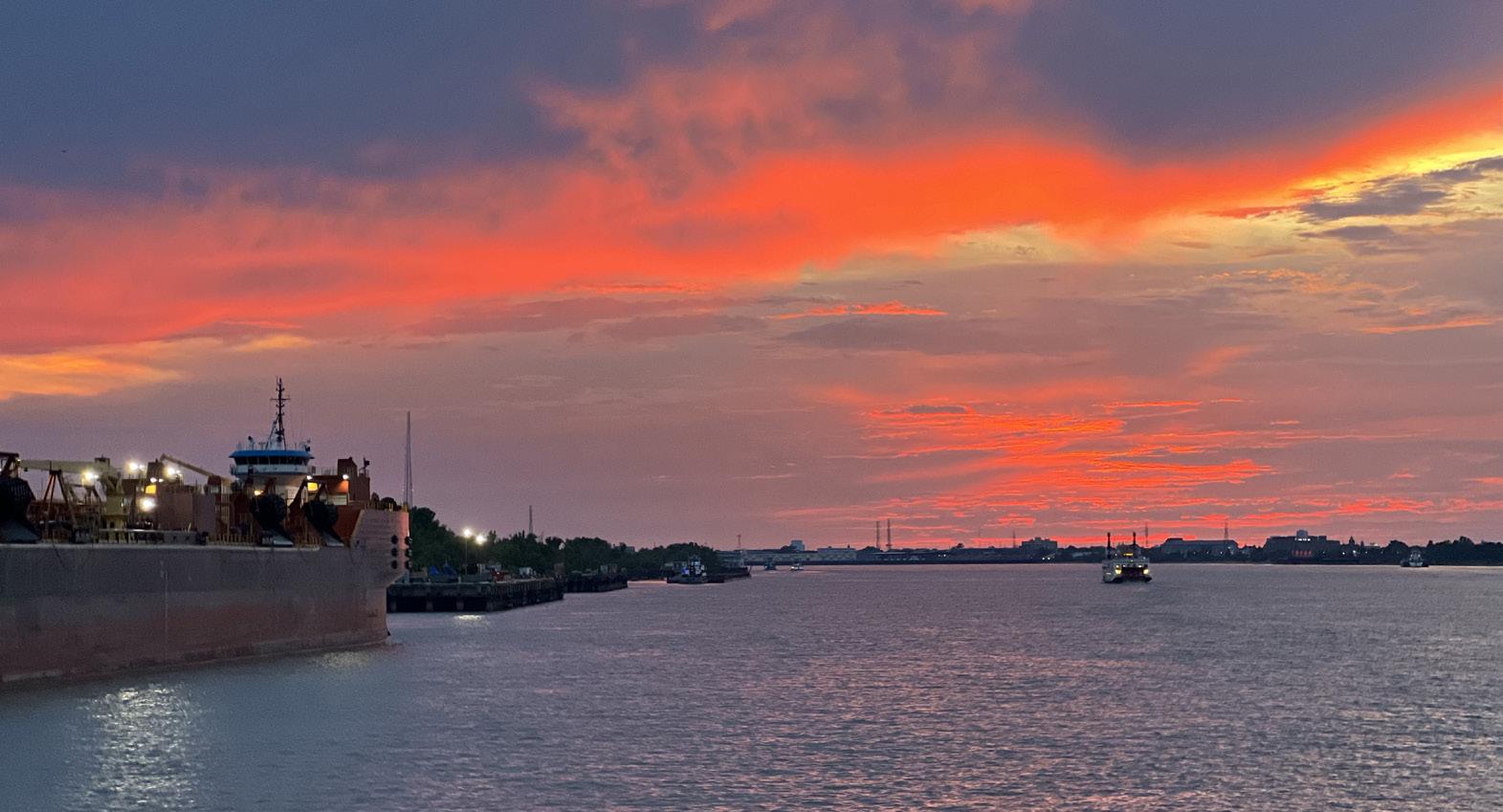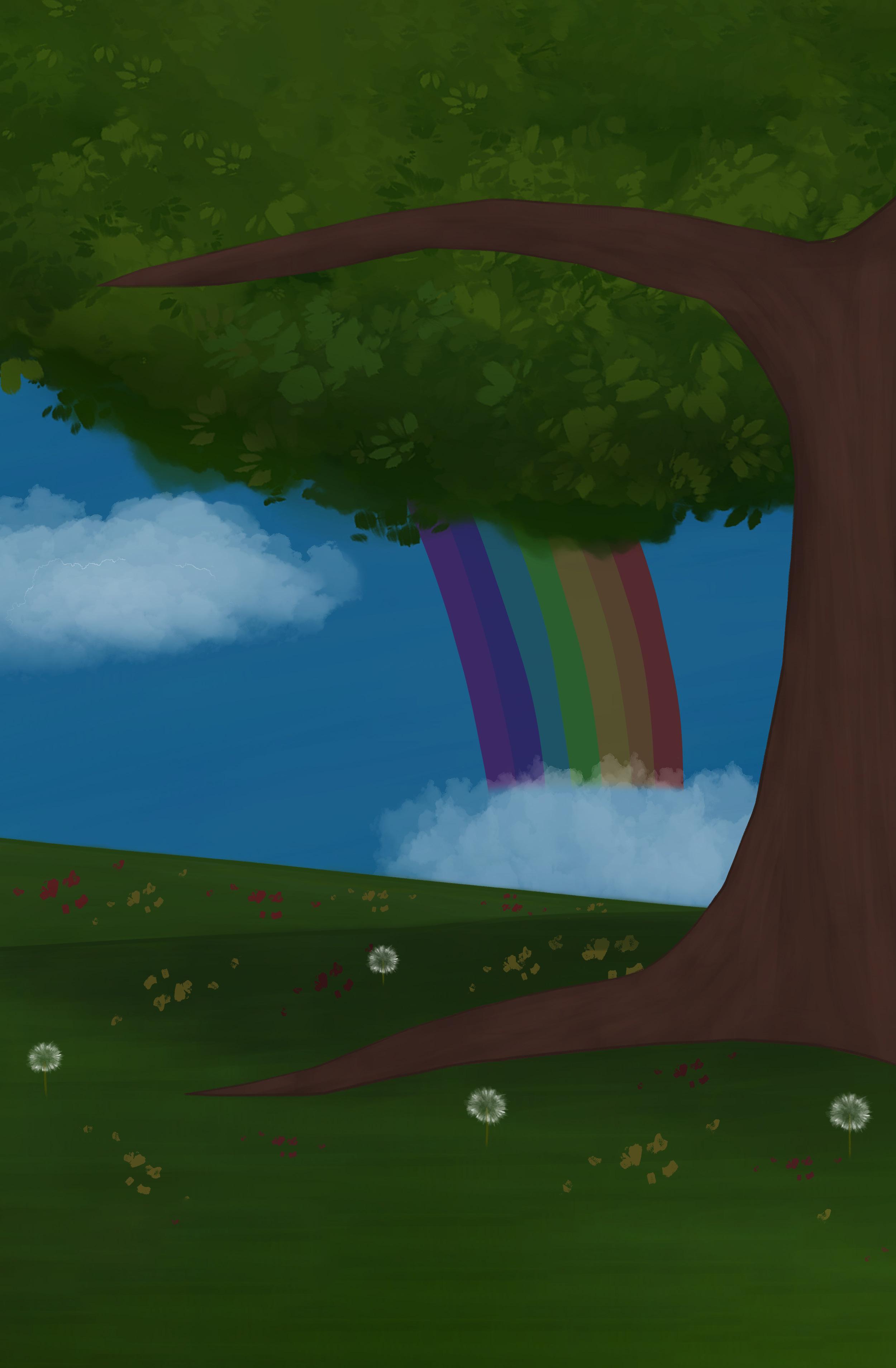
¡oye! Ntsia nov! Our Youth Experience | Volume 2
The Youth Advocacy Leadership League (YALL) is a program of Youth Leadership Institute (yli). The YALL team is made up for Friday Night Live (FNL) leaders that represent each site across Fresno County. They work collaboratively to reduce underage drinking, tobacco and marijuana usage across Fresno County. To learn more, visit yli.org
Funding for this project was provided by Fresno County Department of Behavioral Health, Public Behavioral Health Division. —
This zine is a project of Friday Night Live and YALL. It is brought to you by:
Fresno County FNL Coordinator: Cynthia Rocha
FNL Program Managers: Emily Rivas, Jose Espinoza
FNL Program Coordinators: Daniel Gonzalez, Diamond Borromeo Mitchell, Edith Martinez, Hilda Osuna Perez, Julio Lopez, Laura Hay, Mari Valencia Figueroa, Valeria Salazar, and Zyanna Maynard
Project Leads: Johnsen Del Rosario, Zyanna Maynard
Design & Layout: communications manager Kody Stoebig
Cover Art: Nancy Aguilar-Aquino
Youth Contributors: Aileth Aguilar (Edison FNL), Alexis Zuniga (The kNOw Youth Media), Andrew Vang (Roosevelt FNL), Anissa Ellerbee (Sunnyside FNL), Destiny Sandoval (Edison FNL), Fatima Sanchez (Edison FNL), Isabella Gonzales (YALL), Joana Martinez (Roosevelt FNL), JorJa Hernandez (YALL), Kaylee Tadena (Sunnyside FNL), Kelly Yang (Sunnyside FNL), Lykamae Alacar (Sunnyside FNL), Melanie Vang (Sunnyside FNL), Nancy Aguilar-Aquino (The kNOw Youth Media), Rosario Martinez (Roosevelt FNL), Shyla Adams (YALL), Victoria Arias (Sunnyside Arias), Yoselin Salgado (Edison FNL)

index
04. Delicate Flower
04. The Love I Deserve
05. a letter from Roosevelt FNL

05. a letter from Sunnyside fnl
06. Sunsets
06. Breathe
07. stopping it early: Alcohol
08. Climate Change

09. the Defects of Humanity
10. A Few Of Our Favorite Things: TV, music, & Books

12. Environmental Racism: Its Impact On Our Society
14. Perception
For more information, follow us on social media!
yli: @ylinstitute
YALL: @fnlyall
The kNOw Youth Media / Betting
On Our Future: @theknowfresno
Friday Night Live Chapters:
Edison: @efnl_cv
Kerman: @kermanfnl
Orange Cove: @orangecove_fnl
Reedley: @rmchsfnl
Roosevelt: @fnlroosevelt
Selma: @selmahighfnl_
Sunnyside: @sunnysidefnl
Delicate Flower

This delicate flower I have held all these years has slowly been wilted by the things of this life
Completely drained of its beautiful energy






Its surroundings looting the vibrancy of its color
This once fully bloomed beauty now struggles to stay afloat
Fighting every moment it can when strength is present
Searching for a source of light to bring itself back to life



Not wanting to fade in the background but to stand out
As I hold this delicate flower close to my heart once again, a spark of light hits against the wilted petals
An intense absorption of energetically powerful love transforms this flower back into its full life
Unfortunately, its surroundings will remain to loot its vibrant colors

With my love, I will continue to breathe life back into this beautifully delicate flower.

Dear Reader,
We are Andrew Vang, Rosario Martinez, and Joana Martinez, members of the Roosevelt Friday Night Live Club. This semester, we are doing an educational campaign around the harms of flavored tobacco and the SB793 California Flavored Tobacco Products Ban Referendum.
We have learned within the FDA’s Population Assessment of Tobacco and Health study from 2016-2017 “that 97% of current youth e-cigarette users had used a flavored e-cigarette in the past month and 70.3% say they use e-cigarettes because ‘they come in flavors I like.’” This demonstrates that youth are more attracted to flavored tobacco and this makes them an easy target for big flavored tobacco companies. In the coming weeks, we will be distributing an educational PSA and billboard in the Roosevelt neighborhood. We hope to bring more awareness in our community about flavored tobacco products and how it is harming people in the community. Best,
The Love I Deserve
I’m from the hood where violence and poverty was my home, my mama and papa exchanging drugs instead of giving me bedtime hug
I wake up weak, haven’t prayed in a week, just wanna be like you,walk like, talk like, even think like you
The only one I could look to is teaching me to talk back, lie, cheat and steal
I’m scared to be like you, I have little siblings who look up to me
Don’t have wings to fly anymore until I find the strength and love I deserve.
by Alexis Zuniga
Dear Reader,
We are members of the Sunnyside Friday Night Live Chapter and we would like to bring awareness to the harms of flavored vaping products and the impact it has on young people.
According to the article Flavorings in Electronic Cigarettes: An Unrecognized Respiratory Health Hazards in the Article Journal of the American Medical Association, “Flavorings are a largely unrecognized potential hazard of ENDS, which are designed to create an ultrafine aerosol that penetrates deeply into the lungs. Respiratory toxins in flavorings thus may pose a threat to the respiratory health of users.”
As you can see, flavored e-cigarettes are harmful to the body and should not be used by underage youth. We want to educate voters on the harms of flavored tobacco products and why they should learn more about SB 793. You can also find our one-pager on the harms of flavored e-cigarettes at local community events this summer and fall and online at https://yli.org/program/fresnocounty-friday-night-live/. Our educational radio PSA will also be playing on radio station B95/94.9 throughout the summer. Best,
by Isabella Gonzales
Breathe
Breathe in
It’s okay to put work aside
It’s okay to not be fine

There will be a better day Where it’s all okay


Breathe out

All you need to do is breathe and live
by Nancy Aguilar-Aquino
 PHOTO BY JOHNSEN DEL ROSARIO
PHOTO BY JOHNSEN DEL ROSARIO
PHOTO BY JorJa Hernandez
illustraton by nancy aguilar aquino
PHOTO BY JOHNSEN DEL ROSARIO
PHOTO BY JOHNSEN DEL ROSARIO
PHOTO BY JorJa Hernandez
illustraton by nancy aguilar aquino
The Defects of Humanity

The Twilight Zone quotes, “They pick the most dangerous enemy they can find and it’s themselves. All we need to do is sit back and watch.” Humans do not realize that they are becoming what they fear and become enemies of themselves, which is what William Golding explores in his book, “The Lord of the Flies.” Golding’s experiences in World War II gave him an insight into the defects of human nature and how it affects society. Taking inspiration from World War II, Golding’s “The Lord of the Flies” exhibits a group of innocent young boys stranded on an uninhabited island with no adults present. The boys on the island represent a microcosm of society whereupon experience loss of civilization and identity, savagery, death, violence, pure evilness, and fear. The conflict between the Beast and the boys contributes to Golding’s message about the defects of human nature/society.
At the beginning of “The Lord of the Flies,” the boys are frightened of the Beast, reflecting Golding’s message. To demonstrate, in chapter five, Jack claims, “Well then - I’ve been all over this island. By myself. If there was a beast, I’d have seen it.” Jack is correct about the Beast not being real physically. However, Jack is ironically unaware that the Beast is inside him and the boys all along. Whenever Jack goes hunting, for the enjoyment of killing pigs, his inner beast comes to light. The boys fail to realize that their fear is their inner beast hidden within but blame it on a nonexistent physical being. Therefore it is the boys’ nature in blaming their fear on something that is not real, affects society as a whole into believing the beast is a physical being.

Moreover, Simon’s realization that the Beast is a part of each of the boys enhances Golding’s message. In particular, in chapter eight, The Lord of the Flies reveals, “You knew, didn’t you? I’m part of you?” Simon comes to the full realization that the Beast is not something you hunt and kill. Simon realizes that the Beast is not responsible for why things are the way they are. Instead, it is the boys’ inner beast that is responsible for the chaos on the island. With that said, the Beast represents the unpleasant side of human nature, and when shown, society is affected by the actions of the unpleasant side.
At last, Simon’s portrayal of the Beast and his murder connects to Golding’s statement.
To enumerate, in chapter nine, Golding describes, “At once the crowd surged after it, poured down the rock, leapt on the beast, screamed, struck, bit, tore.” Simon’s brutal murder shows the true extent of the inner beast coming to life. His gruesome death proved Simon’s realization about the beast. The boys target Simon because of their desire to kill the Beast and their portrayal of him as the Beast, creating a sense of mob mentality. By killing Simon, the boys believe that they are killing the beast that they once feared. But in reality, they are becoming what they feared by enabling the inner beast to consume them. On that premise, the nature of human behavior is affected when humans allow themselves to become their fear.
On that note, Golding’s statement about the defects of human nature/society is contributed by the conflict between the Beast and the boys. The boys’ fear, Simon’s realization, and his portrayal of the beast display how the defects of society ultimately circle back to the defects of human nature. Society is affected by the actions of the unpleasant side of human nature. Although the devil enjoys watching the chaos in society, the devil is not responsible for their actions, but it is the human’s responsibility for creating it.
by Kaylee Tadena
 Illustration by Aileth Aguilar
Illustration by Aileth Aguilar
A Few Of Our Favorite Things: TV, music, & Books




Kim Possible (Disney+)
Proud Family (Disney+)
the Move by
Locke and Key (Netflix)
Runnin’ Up That Hill by Meg
Amphibia (Disney Channel)
The Summer I Turned Pretty (Amazon Prime)
Stranger Things (Netflix)
Can You Feel My Heart by Bring Me the Horizon
Love You So by The King Khan & BBQ Show
Jasmine by DPR Live



Brand New Key by Melanie

6teen (Tubi)
Ted Lasso (Apple TV)

The Owl House (Disney Channel)
Anne with an E (Netflix)
Falling Star by The Neighborhood
Ghost by Bizzle & Miles Minnick
Upside Down by Jack Johnson
What’s Your Problem by Tate McRae

If We Have Each Other by Alex Benjamin
What You Wanna Do by HollywoodWhyte
Be Sweet by Japanese Breakfast
Comfort Chain by Instupendo
Mind Control by Divine
Here Comes the Hotstepper by Ini Kamoze
Wait A Minute by WILLOW
Girls Just Wanna Have Fun by Cyndi Lauper
The Adults are Talking by The Strokes
by Aileth Aguilar, Destiny Sandoval, Fatima Sanchez, Nancy Aguilar-Aquino, Shyla Adams, Yoselin Salgado
Boombastic by Shaggy
Everybody Loves the Sunshine by Roy Ayers
Levitate by Fytch
On
Zamir & Mac Indigo ft. Chevy
Myers
Thrift Shop by Macklemore & Ryan Lewis
Lemonade by Zamir & Marc Indigo
Me Porto Bonito by Bad Bunny & Chencho Corleone
Environmental Racism: Its Impact On Our Society
Environmental racism refers to how minority-based neighborhoods, which are populated primarily by people of color and members of low-socioeconomic backgrounds, are burdened with disproportionate numbers of hazards, which include effects of toxic waste facilities, garbage dumps, and other sources of environmental pollutants that lower the quality of life. Subsequently, as the fight with climate change worsens, minority communities will be disproportionately affected on a political, economic, social, and health level. Many of these discrepancies are entirely due to power dynamics entrenched on an institutional level that is set up to harm minorities and low-income folk.
Millionaires make up only 3% of the public, yet they control all three branches of the federal government. While more than 50% of U.S. citizens hold working-class jobs, less than 2% of Congress has held a blue-collar job before their Congressional career. In addition, no member from the working class has gone on to become a United States President or Supreme Court Justice. Most were millionaires before getting elected or appointed to the position. With a government inept to the working class’ woes, high housing costs, and historical discrimination, low-income and minority neighborhoods are clustered around industrial sites, truck routes, ports and other air pollution hotspots. Many are left to live near highways where trucks spew diesel, and other hazards may occur.
Environmental racism is then exacerbated by a litany of sources like redlining, racial steering, and zoning laws. While the best known examples of redlining have involved denial of financial services such as banking or insurance, other services such as healthcare or even department store shopping have been denied to residents based upon their race. Racial steering refers to the practice in which real estate brokers guide prospective home buyers away from certain neighborhoods based on their race. Zoning is a method of urban planning in which a municipality or other tier of government divides land into areas called zones, each of which has a set of regulations for new development that differs from other zones.
Zoning regulations for areas with higher value on homes are not as strict as ones for homes in lower income neighborhoods.
For instance, fracking, enabled to occur near low-income neighborhoods, is the process of injecting liquid at high pressure into subterranean rocks and boreholes, so as to force open existing fissures and extract oil or gas. If the oil or gas wells are not built well enough, they can leak and contaminate groundwater. Seeing as fracking uses huge amounts of water, it can be transported to the site at significant environmental cost. There are potentially carcinogenic chemicals that may escape during drilling and contaminate groundwater around the fracking site. Several political and economic systems are set up to keep minorities in their low income neighborhoods, thus suffering from pollutants. The lack of affordable housing has led to high rent burdens (rents which absorb a high proportion of income), overcrowding, and substandard housing. These phenomena, in turn, have not only forced many people to become unhoused, but have put a large and growing number of people at risk of becoming unhoused.
Subsequently, there are health complications suffered from not only this displacement but the inability to leave such neighborhoods. Children from low-income and minority families are more likely to be at risk of exposure because they spend more time playing on contaminated soil than children from higher-income families; spend more time in houses that have lead paint or high dust levels; may be exposed to higher levels of contaminants in utero and in breast milk because their mothers are also disproportionately exposed; and have inadequate diets that may increase the absorption of toxic chemicals from their digestive system. From a legislative standpoint, part of the problem is that proposed climate policies often don’t account for deeply rooted social inequities. Many people are going to be locked out of participating in a green economy if their homes are going to be destabilized. Confronting climate change requires a massive social shift.
Several health effects are spewed from environmental racism. PM 2.5 is a known carcinogen connected to premature death in people with heart or lung disease, nonfatal heart attacks, irregular heartbeat, aggravated asthma, decreased lung function, and increased respiratory symptoms, such as irritation of the airways, coughing or difficulty breathing. Racial disparities in this exposure hold not only at a national level, but also within most states and counties. Endocrine-disrupting chemicals, which can exist in both toxic waste and air pollution, have been linked to higher rates of diabetes for Black Americans. Nitrogen dioxide (NO2), an air pollutant and greenhouse gas, affects Black Americans by a margin of 37% more than white Americans.
There are federal and local policies and policy proposals that address environmental racism and seek to reduce the harm. The Green New Deal, a congressional bill introduced by Congresswoman Alexandria Ocasio-Cortez and Congressman Ed Markey, starts with a WWII-type mobilization to address the grave threat posed by climate change, transitioning our country to 100% clean energy by 2030. Clean energy includes all renewable energy, such as wind, solar, thermal, and water. This policy will also redirect research funds from fossil fuels into renewable energy and conservation, will build a nationwide smart electricity grid that can pool and store power from a diversity of renewable sources, end destructive energy extraction and associated infrastructure, and will provide a jobs guarantee.
The Economic Bill of Rights, which is derived from the Green New Deal, will provide the right to single-payer healthcare, a guaranteed job at a living wage, affordable housing and free college education. Environmental racism is a concept that has been deeply ingrained into every system present not just in this country, but across the world.



While mild policy changes only address surface level impacts of the issue, it must be noted that climate justice goes hand in hand with several social issues in our society.
 by Kimiya Attar
Illustration by Lorena Bernal
by Kimiya Attar
Illustration by Lorena Bernal
Perception

As I walk through my valley of life, who could’ve known we’ll have the same path. But even with the same path, our eye views took it within different rafts
As my perception viewed it as a way I can grow outstandingly; you took it as a way of danger. I’m strong yet they call me weak, you’re weak but yet the World calls you strong
Bravery just isn’t based on conquering and stepping foot into the eyes of danger, but also walking away from the fire of the dragon’s tongue. For as I bleed the blood of Jesus over my life.
Yeshua gives me the steps I need to see into the next realm; instead of complaining about my sorrows and about the damaged cracks that awaken along my path, I ask myself what is this raft, this raft of confusion, what is it displaying to the streets.

For destruction was caused, but my vision was able to see. I was never hurt; life was all about perception, and how I can put it in work, in gear to be exact, to see the future of what the story may bring.
For the heart of the enemy won’t destroy me. Keep his face to shine, while I’m in rocky waves, I don’t see danger, because he will always come to save the day. See it’s all about perception. If we ask the why instead of the what, will our lives ever change.
by Shyla Adams scan here to see


volume 1


























 PHOTO BY JOHNSEN DEL ROSARIO
PHOTO BY JOHNSEN DEL ROSARIO
PHOTO BY JorJa Hernandez
illustraton by nancy aguilar aquino
PHOTO BY JOHNSEN DEL ROSARIO
PHOTO BY JOHNSEN DEL ROSARIO
PHOTO BY JorJa Hernandez
illustraton by nancy aguilar aquino


 Illustration by Aileth Aguilar
Illustration by Aileth Aguilar












 by Kimiya Attar
Illustration by Lorena Bernal
by Kimiya Attar
Illustration by Lorena Bernal







